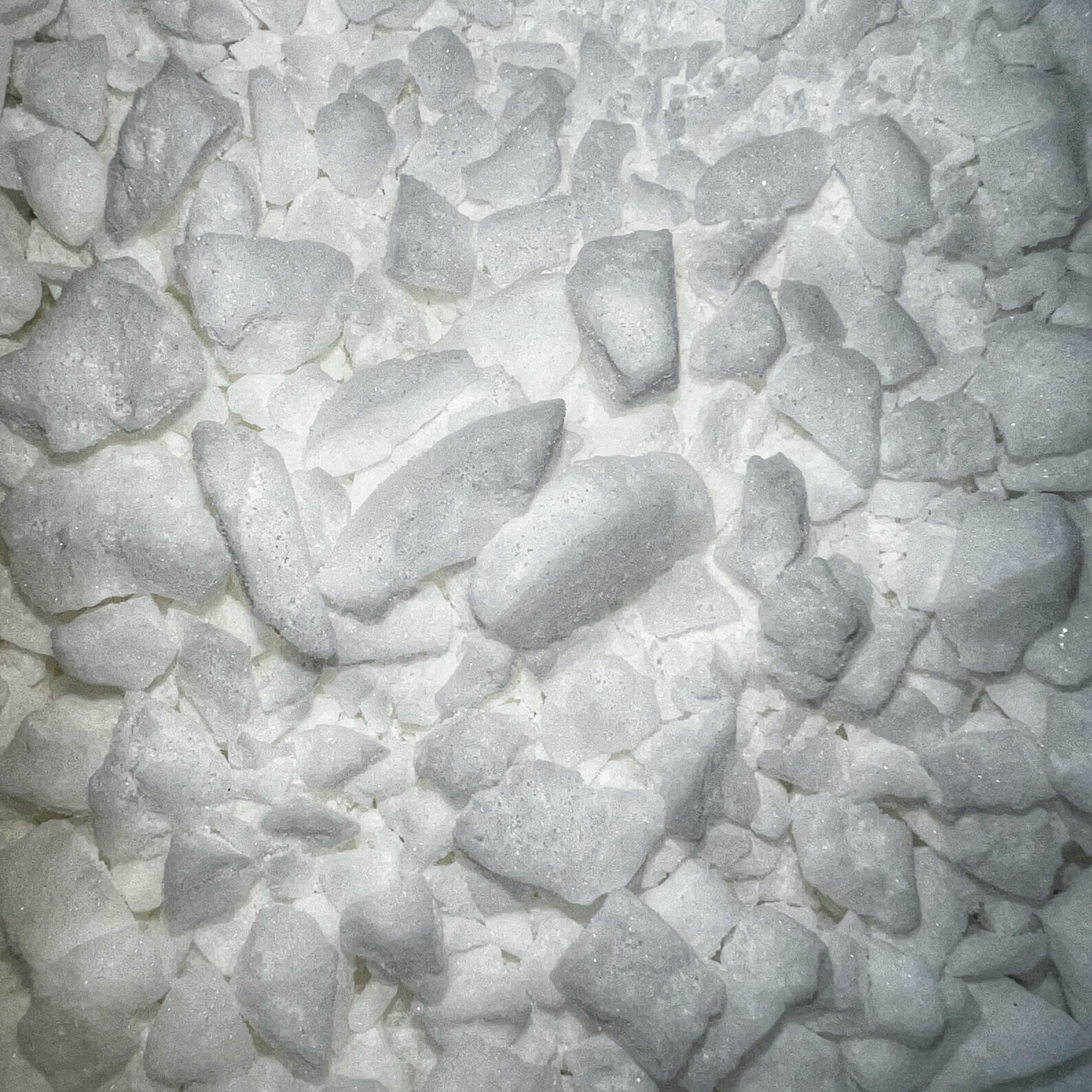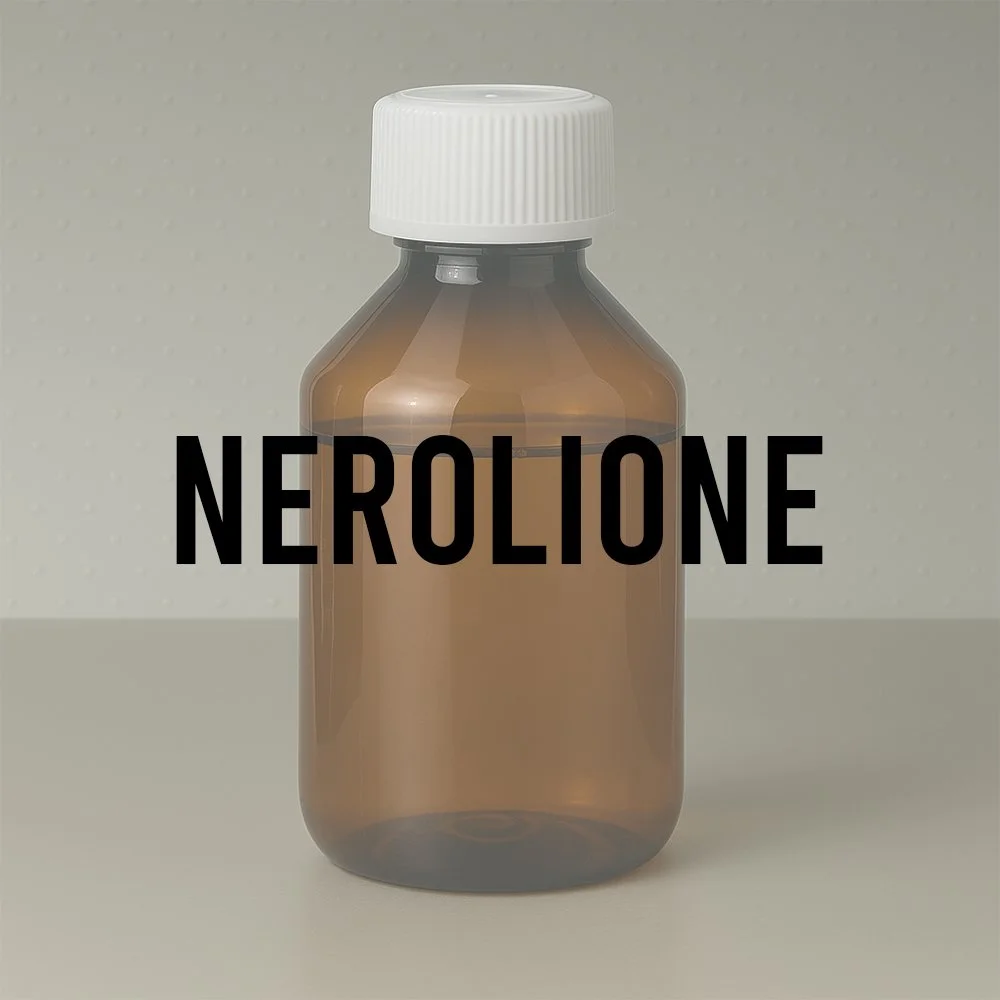Synthetic Ingredient Overview
🏭 Manufacturer — Givaudan
🔎 Chemical name — (2,4a,5,8a-Tetramethyl-1,2,3,4,7,8-hexahydronaphthalen-1-yl) formate
🧪 Synonyms — Oxyoctaline formate
🧬 Chemical Formula — C₁₅H₂₄O₂
📂 CAS N° — 65405-72-3
⚖️ MW — 236.3 g/mol
📝 Odor type — Woody, Ambery
📈 Odor Strength — Medium
👃🏼 Odor Profile — Woody, ambery, dry, dusty, powdery; subtle olibanum-like character
⚗️ Uses — Used as a blender and support for woody notes; fixes and modifies drydown in woody compositions
🧴 Appearance — Clear to pale yellow liquid
What is Oxyoctaline Formiate?
Oxyoctaline Formiate is a semi-volatile ester derivative of a substituted tetralin system, developed by Givaudan for use in fine fragrance and functional perfumery. It belongs to a group of synthetic polycyclic woody odorants, related structurally to Vertofix, Iso E Super, and other tetralin-based molecules, though with a more restrained and textured scent.
Chemically, the compound is the formate ester of a substituted hexahydronaphthalene alcohol. Its specific stereochemistry and ring saturation result in a moderate diffusion profile with excellent performance in base and mid-note phases. The molecule’s formate group contributes subtle resinous tones that, in synergy with its dry woody backbone, recall the soft, mineralic dryness of olibanum or aged cedar.
Its introduction into the perfumer’s palette expanded the possibilities for textural layering, particularly in the woody-ambery space, where dryness and structure are often needed without overwhelming projection.
Olfactory Profile and Perfumery Applications
Oxyoctaline Formiate has an odor described as:
Woody and ambery, but with dry-powdery and slightly dusty nuances
Subtly mineralic or incense-like, without sweetness
Moderately tenacious, acting more as a modulator and blender than a lead note
Applications:
Acts as a bridge between natural woody notes and synthetic amber chemicals
Strengthens drydown in modern woody-musk compositions
Used in masculine fougères or mineralic woody florals
Supports cedar, vetiver, iso E super-type accords
Offers olfactory dryness without harshness, useful in “clear wood” or “sheer amber” bases
Adds structure and body to compositions using soft musks or lactonic florals
Its moderate tenacity and clean dry finish make it valuable in creating long-wearing yet low-profile base notes, especially in fragrance categories seeking warmth with transparency.
Industrial and Technical Uses
Primarily used in fine perfumery, Oxyoctaline Formiate is also suitable for:
Soap and detergent bases — good pH tolerance, contributes dryness without cloying buildup
Home care (candles, sticks) — maintains a clean dry character during combustion
Cosmetic applications — pairs well with musks in lotions and creams
Possible synergy with macrocyclic musks, giving structure to low-impact fragrance systems
Its non-overpowering character makes it suitable for minimalist compositions and functional products requiring background depth.
Regulatory and Safety Overview
IFRA Status — Not restricted under current IFRA standards (Amendment 51)
CLP/GHS Classification — Not classified as sensitizer or toxic under current ECHA listings
EU Allergen Listing — ❌ Not among the 26 declarable allergens under EU Regulation 1223/2009
Stability — Chemically stable; minimal discoloration under light or heat
Environmental Profile — Limited data; likely low bioaccumulation risk due to structure
Recommended usage — Generally 0.2% to 2% of fragrance concentrate for optimal balance
Always handle according to good manufacturing practice (GMP), particularly in functional products where oxidation-sensitive materials are present.
Sources
Givaudan Ingredients Compendium (2024)
Arctander, S. (1960). Perfume and Flavor Chemicals
ECHA Substance Database – Oxyoctaline Formiate (CAS 65405-72-3)
Sell, C. S. (2019). Fragrance Chemistry – The Science of the Sense of Smell
Scentspiracy Archives – Woody Ambery Molecules












